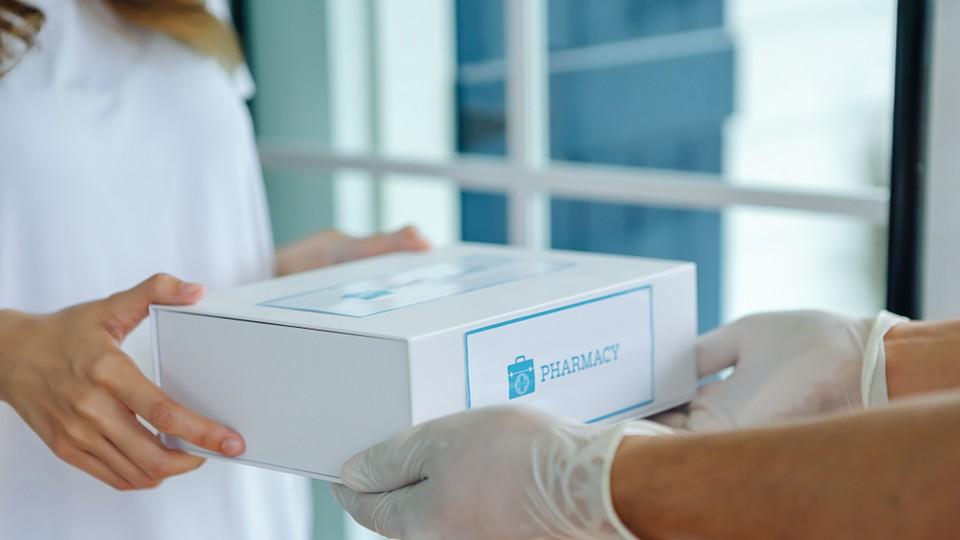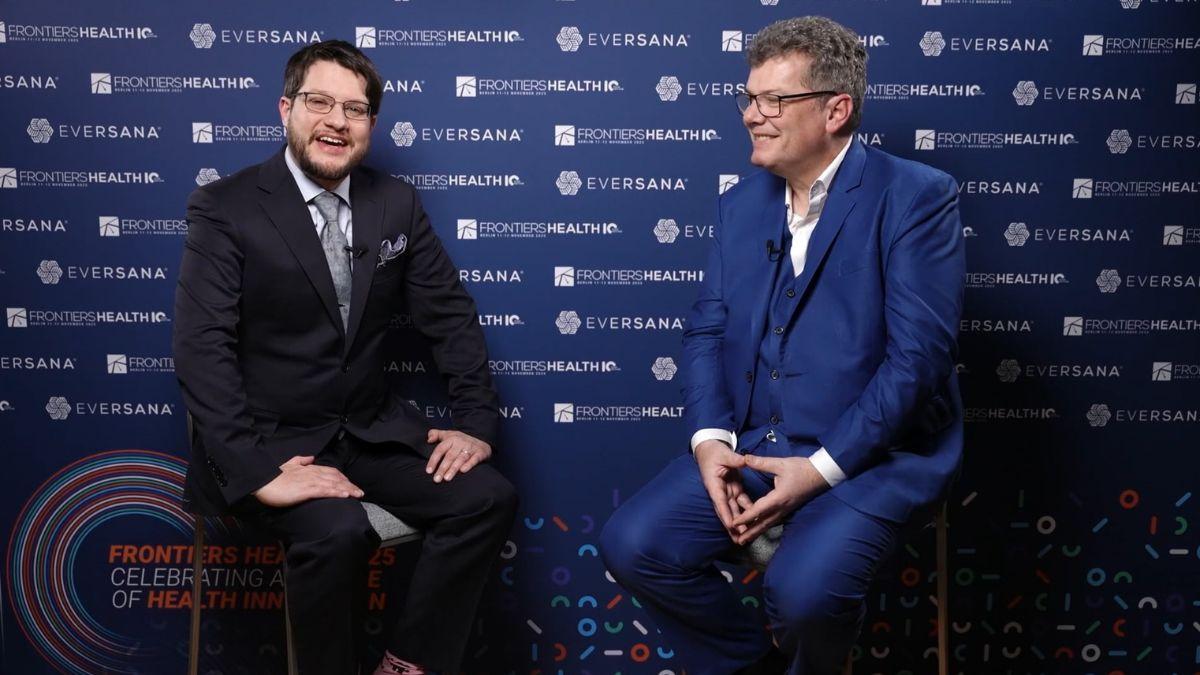How pharma is tackling new direct-to-patient programmes

(L to R) Justin Mattice, SVP and general manager at Envo, moderates a panel at Reuters Pharma USA with Kyowa Kirin's Debra Jennings, EVERSANA's Faruk Abdullah, Gilead Science's Pranay Butala, and AstraZeneca's Hassan Naqvi.
Over the last few years, more and more pharma companies have been talking about “direct to patient” or D2P approaches.
In some ways, pharma connecting directly with patients isn’t novel at all: pharma companies in the United States have been marketing directly to patients for a long time, for instance, and they interact with patients when it comes to clinical trial recruitment, patient assistance programmes, and more.
But the new wave of DTP is about integrating those efforts and creating new touchpoints with patients – like pharma-run telehealth platforms that let patients get diagnosed and prescribed.
In a panel at last month’s Reuters Pharma USA event, speakers from a number of large pharma companies and other industry players got together to talk about what DTP means to them and how they are reshaping their strategies around the concept.
“It’s not just marketing and telehealth. It's not just a patient conference, and it's not just engaging with patients and physicians in-person and digital experience to make sure they're adherent. It's all of the above,” Faruk Abdullah, chief business officer at EVERSANA, said. “All the way through understanding a diagnosis, confirming a diagnosis, getting a script verified, pulled through, shipped, and then all of the engagement and support to see someone on therapy, all in a more digital-oriented platform. That's our definition of DTP.”
The right approach for the right patients
The particular needs a comprehensive D2P offering will have to meet vary depending on the pharma company. For instance, Hassan Naqvi, senior director of value-based partnerships at AstraZeneca, explained that his company is focused on helping chronic disease patients maintain adherence.
“If you look at AstraZeneca's portfolio, it’s chronic disease for the most part, and within that chronic disease, we tend to deal with the most complicated patients, the patients who are later on in their treatment journey with a curative intent, with the intent of helping them lead their normal lives. And therein lies the challenge,” he said. “Once they get better, then they tend to forget about that therapeutic. And that therapeutic is for the rest of their lives, because this is chronic disease that we're talking about. So that duration of therapy challenge is the one that we had to tackle.”
AstraZeneca was able to see positive results with a reminders-based offering that was above-brand, helping people stay on their oral oncolytic, whether they were from AstraZeneca or another company.
Kyowa Kirin Head of North American Operations and Patient Services Debra Jennings explained their approach of looking for all the different pain points in the patient journey – patients who get prescribed therapies but don’t start taking them, patients who aren’t adherent to therapy, and patients who don’t respond to therapy, to name a few. Then they tailor interventions to those patients.
“We've really had to think about how we show up and meet our patients where they are from a personalised perspective,” she said. “Now it could be an email and SMS. It could be that phone call, as well as a live interaction. I'll say, just to add a little controversy, it's difficult, it's fantastic, but I would just challenge us to not undermine the human element and make sure we have that human connection along the way. I think that's super important.”
Overcoming DTP challenges
One of the biggest challenges to getting direct-to-patient programs off the ground is overcoming risk aversion from legal and regulatory teams. For instance, Pranay Butala, senior director of global data management strategy, global decision science, and insights at Gilead Sciences, explained the difficulties he had in just getting the patient data needed to set up a DTP offering.
“I started last year with our legal team, and the first thing I said is, I want experienced consumer data,” he said. “I almost gave a lawyer a hard time right there. I mean, patient data that's not de-identified was absolutely a no-go, of course. But even de-identified patient data was an extremely hard sell. Now to say, 'I want to take that and link it with claims, link it with biologics, link it with laboratory data, and then put it all together for a DTP campaign?' It took me one year. I think that was the single biggest hurdle in convincing our security team, patient privacy, and legal, that what we want to do – yes it's almost at the line of ‘we shouldn't be allowed to do it’ – but we're not crossing that line yet.”
Panellists agreed that the best thing a pharma company can do is bring legal and regulatory on board from the start.
“What we found is it's critically important to bring legal, compliance, privacy, regulatory to the table early on to explain to them what your pain points are and how you can work together to achieve it,” Jennings said. “And since we formed committees, there's an understanding through those committees that we're going to work with speed, that we're going to minimise risk, but we're going to take calculated risks in an effort to help support the patient.”
In general, Naqvi said, the best way to build buy-in is to start small with a proof of concept.
“Not that I'm advocating for pilotitis – pharma companies are really good at doing pilots and then putting them on the shelf,” he said. “But I think using pilots as a tool to prove out the concept; pick your market, pick your institution, pick the strategy, pick the execution that you're going to do, and then go ahead and do it. … Once you have that and once you say, ‘Well, hey, a few customers all bought into this, and they're our partner in this,’ it helps to lower everybody's resistance to what's moving forward.”
Abdullah stressed the importance of a holistic approach – securing pieces that fit together rather than necessarily being the best individual solutions.
“There's this conditioning of, well, when we get the best in class partner here, the best in class partner here, best in class partner here, stitch it all together, and I'll figure it out with my internal team,” he said. “We have found that that type of implementation, especially with this new definition of DTP, hurts teams.”
Finally, it’s important that a direct-to-patient approach be built with input from the patients themselves.
“A lot of the times we sit around a conference room and we like to think of what the patients want, but we really don't get out there,” Jennings said. “We've checked the box on feasibility, viability, but not desirability. So when we innovate, I think it's important to bring the patient into the fold. At Kyowa Kirin we like to say nothing for the patient without the patient.”
Check out our on-site interview with EVERSANA's Faruk Abdullah here.












